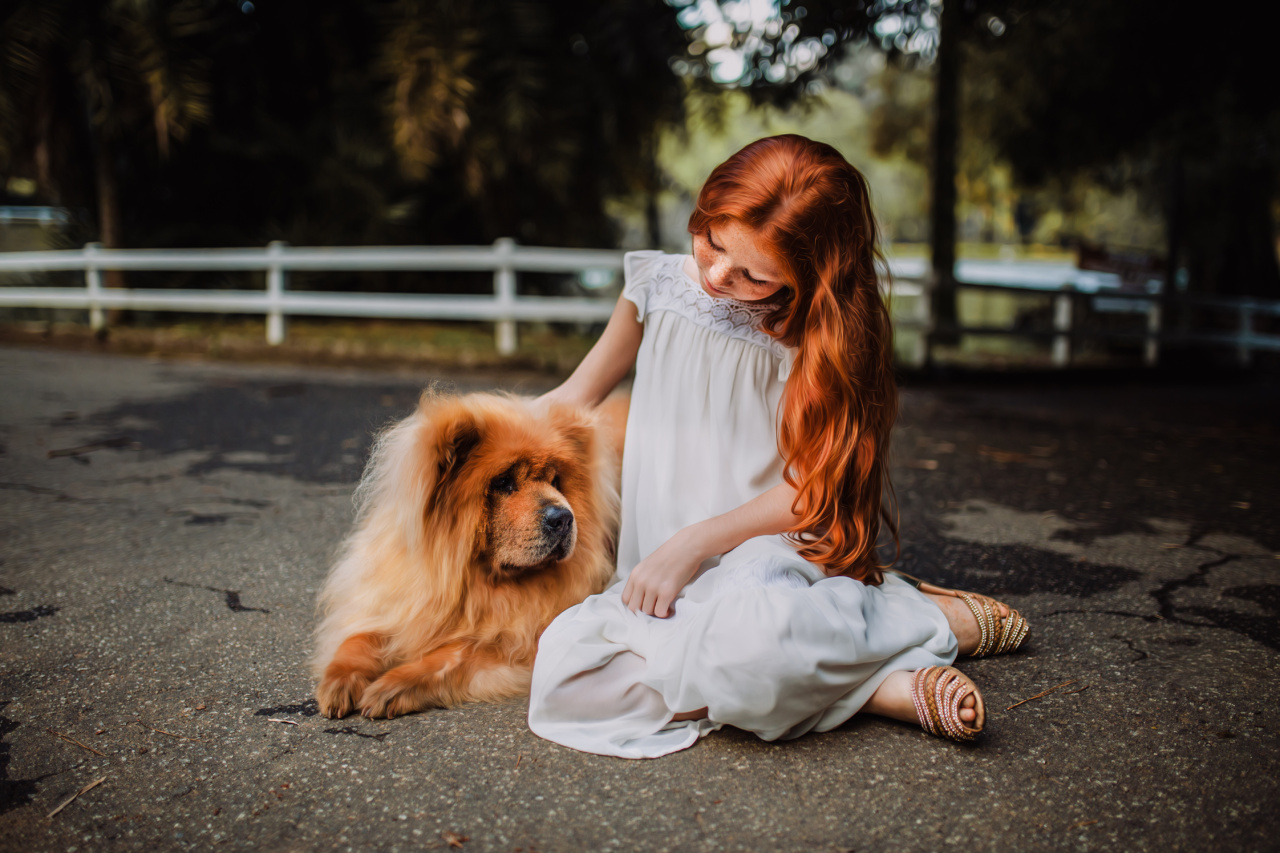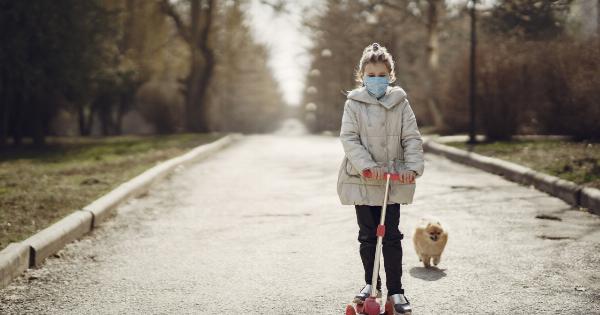Dog and Kids: The Ultimate Friendship Guide
Dogs and kids have a special bond that is truly heartwarming. This ultimate friendship guide will explore the benefits of having a dog in a child’s life and provide tips on fostering a healthy and safe relationship between dogs and kids.
The Benefits of Dogs for Kids
Dogs can have a positive impact on the development and well-being of children in many ways:.
- Dogs teach responsibility: Caring for a dog helps kids understand the importance of feeding, grooming, and exercising a living creature.
- Emotional support: Dogs provide unconditional love and companionship, promoting emotional well-being and reducing stress and anxiety.
- Enhanced social skills: Interacting with dogs can improve a child’s social skills, empathy, and confidence.
- Physical activity: Dogs encourage kids to stay active through playtime, walks, and outdoor activities.
Choosing the Right Dog
Not all dog breeds are suitable for homes with children. When selecting a dog, consider the following:.
- Size: Opt for a dog that is suitable for your living space and can safely interact with children.
- Temperament: Look for breeds known for their patience, tolerance, and friendliness towards kids.
- Energetic level: Consider the energy level of the dog and ensure it matches the activity level of your family.
- Avoid potential triggers: Some breeds may not be suitable if your child has allergies or fears.
Introducing the Dog to Your Child
When introducing a new dog to your child, follow these steps for a smooth transition:.
- Supervise all interactions to prevent any accidents or misunderstandings.
- Teach your child how to approach and pet the dog gently, avoiding sensitive areas.
- Allow the dog to approach your child at their own pace, ensuring they feel safe and comfortable.
- Teach your child how to recognize signs of fear or stress in a dog, such as growling or hiding.
Teaching Kids to Respect Dogs
Respect for animals is crucial when nurturing the friendship between dogs and kids:.
- Teach kids not to disturb a dog while it is eating, sleeping, or chewing on a toy.
- Explain the importance of gentle play and avoiding rough behavior that might hurt the dog.
- Show examples of how to properly treat and handle a dog, emphasizing the importance of kindness.
- Supervise playtime to ensure both the dog and the child are enjoying themselves without any harm.
Supervision and Safety
Even the most well-behaved dog and child require supervision to maintain a safe environment:.
- Never leave a dog alone with a young child, especially if the dog is unfamiliar with the child’s behavior.
- Teach your child not to pull on the dog’s tail, ears, or fur, as it may provoke the dog.
- Always supervise any interactions between your child and the dog, especially during playtime.
- Keep your dog’s vaccinations and flea/tick treatments up to date to protect both the dog and your child.
Activities to Strengthen the Bond
There are numerous activities that can bring dogs and kids closer together:.
- Walking or hiking together as a family provides exercise and quality bonding time.
- Incorporate dogs into games or obstacle courses for a fun and engaging experience.
- Teach your child basic obedience commands to reinforce positive interactions.
- Encourage your child to read aloud to the dog, creating a calm and comforting environment.
When to Seek Professional Help
In certain situations, it may be necessary to seek professional assistance:.
- If a dog displays concerning or aggressive behavior towards your child.
- If your child demonstrates fear or anxiety around dogs that limits their daily activities.
- If you are unsure about how to introduce a new dog to your child safely.
Conclusion
Dogs and kids can form an incredible and lasting friendship when given the opportunity.
By following the guidelines in this ultimate friendship guide, you can foster a beautiful connection between your dog and child, creating memories that will last a lifetime.





























